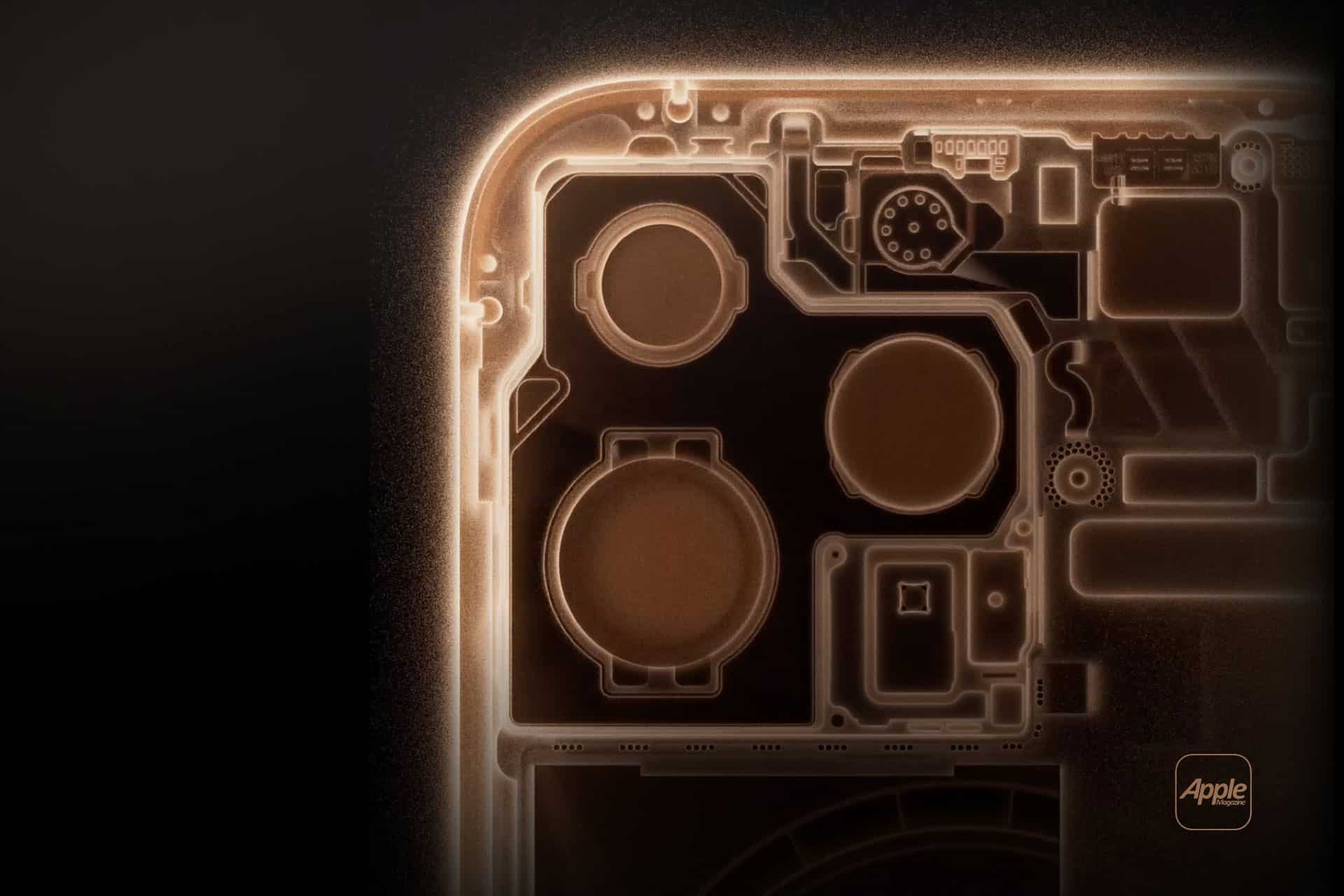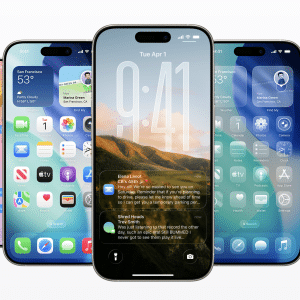The A20 chip will mark Apple’s first use of TSMC’s 2nm process, known as N2, a significant step forward from the 3nm processes (N3B, N3E, and N3P) used in the A17, A18, and A19 chips. TSMC’s 2nm node employs Gate-All-Around (GAA) transistor architecture, which allows for more transistors in a smaller space. This translates to up to 15% faster performance and 30% better power efficiency compared to the A19 chip in the iPhone 17 series, according to industry analyst Ming-Chi Kuo. For users, this means faster app launches, smoother gaming, and enhanced computational photography, all while extending battery life—a critical factor for daily smartphone use.
The shift to 2nm follows Apple’s pattern of adopting TSMC’s latest fabrication processes first, as seen with the 3nm A17 Pro in 2023. With trial production yields for 2nm chips already exceeding 60-70%, TSMC is on track for mass production by late 2025, aligning perfectly with Apple’s iPhone 18 launch timeline in September 2026.
WMCM Packaging: A Game-Changer
The A20’s standout feature is its adoption of WMCM packaging, a departure “‘rom TSMC’s Integrated Fan-Out (InFo) technology used in earlier chips. WMCM integrates the CPU, GPU, Neural Engine, and RAM directly onto the chip’s wafer, eliminating the need for a separate silicon interposer. Analyst Jeff Pu notes that this design reduces the chip’s overall size, improves thermal management, and enhances communication between components. For iPhone users, this could mean slimmer devices, longer battery life, and faster performance for demanding tasks like Apple Intelligence workloads, video editing, and gaming.
The WMCM approach also allows Apple to increase RAM to 12GB in the iPhone 18 Pro models, up from the 8GB in the iPhone 16 series. This boost supports more robust multitasking and enhances Apple Intelligence features, such as real-time language processing and advanced image recognition, making the iPhone 18 a powerhouse for AI-driven tasks.
Why It Matters for Users
The A20 chip’s advancements aren’t just technical jargon—they translate to tangible benefits. The 2nm process and WMCM packaging could enable Apple to slim down the iPhone 18’s design, addressing consumer demand for sleek, lightweight devices. Improved thermal management means less overheating during intensive tasks, like recording 4K video or playing graphically demanding games. The smaller chip footprint also frees up internal space, potentially allowing for larger batteries or new hardware features, such as improved sensors or connectivity options.
Apple’s in-house C1 5G modem, introduced with the iPhone 16e, will likely see refinements in the iPhone 18, further optimizing power efficiency and network performance. Combined with the A20’s capabilities, this could result in faster downloads and more reliable connections, especially in crowded urban environments.
Market Context and Challenges
Apple’s move to 2nm and WMCM comes as competition in the smartphone market intensifies. Android manufacturers like Qualcomm and MediaTek are also eyeing TSMC’s 2nm process, but Apple’s early adoption and custom chip design give it an edge. Posts on X reflect excitement about the A20’s potential, with users praising Apple’s focus on efficiency and AI performance, though some express skepticism about whether software updates, like iOS 26, will fully leverage the chip’s capabilities.
The transition to WMCM isn’t without risks. The technology is complex, and TSMC’s shift to this new packaging method requires precise manufacturing. However, TSMC’s high trial yields and Apple’s long-standing partnership with the foundry suggest confidence in meeting production demands by 2026.
Looking Ahead
The A20 chip positions Apple to maintain its lead in smartphone innovation, particularly as it prepares for the iPhone 18 and a rumored foldable iPhone in 2026. The combination of 2nm technology and WMCM packaging sets the stage for a device that’s faster, more efficient, and potentially slimmer than ever before. As Apple gears up for WWDC 2025, where iOS 26 and other software updates will be unveiled, the A20’s enhancements could play a pivotal role in showcasing new AI-driven features and seamless hardware-software integration.
For tech enthusiasts and casual users alike, the A20 chip promises a future where iPhones handle more complex tasks with ease, last longer on a single charge, and fit more comfortably in your pocket. While the iPhone 18 is still over a year away, Apple’s chip roadmap signals a commitment to delivering practical, user-focused improvements that keep it ahead of the curve.















